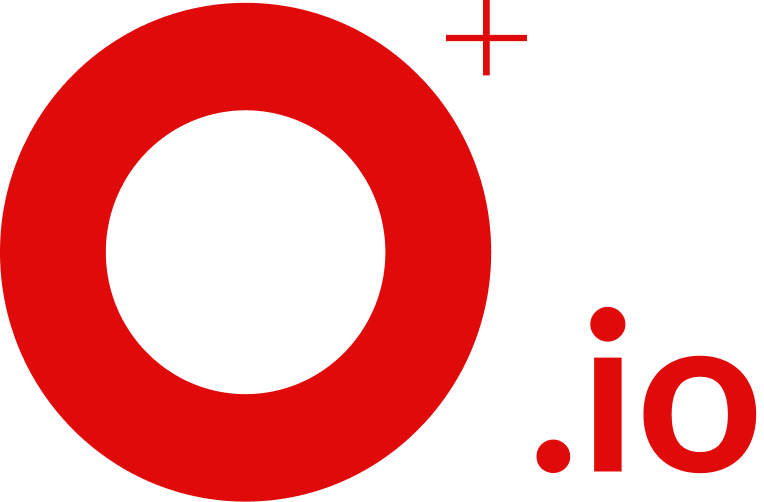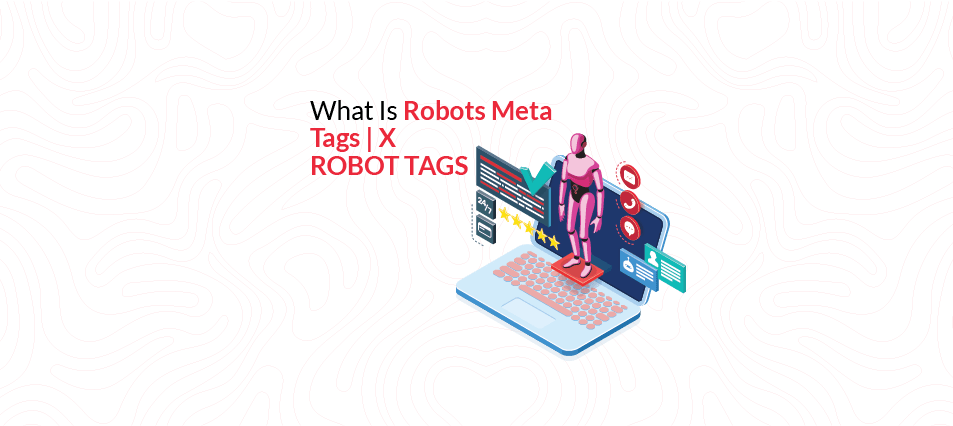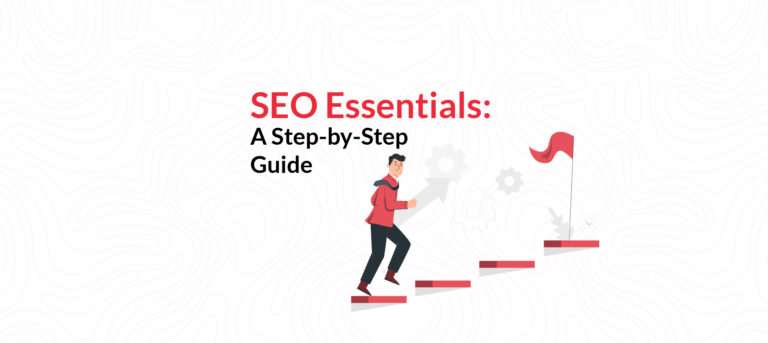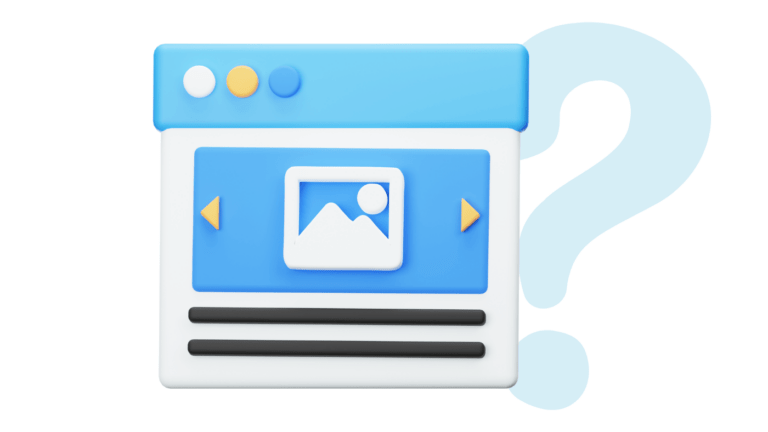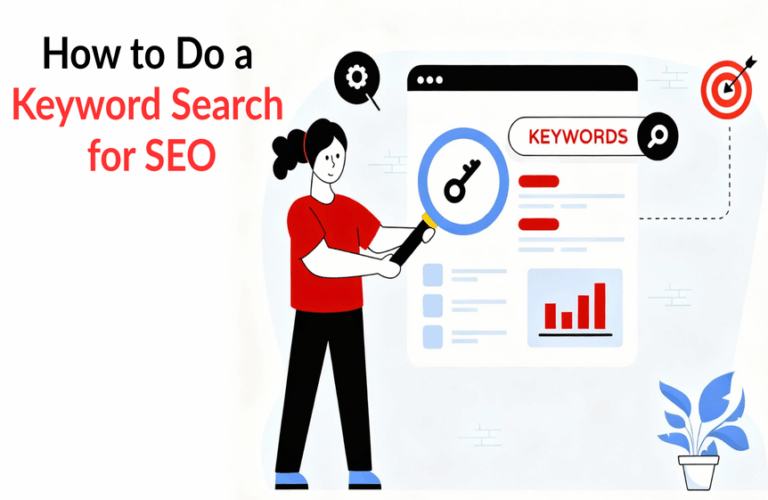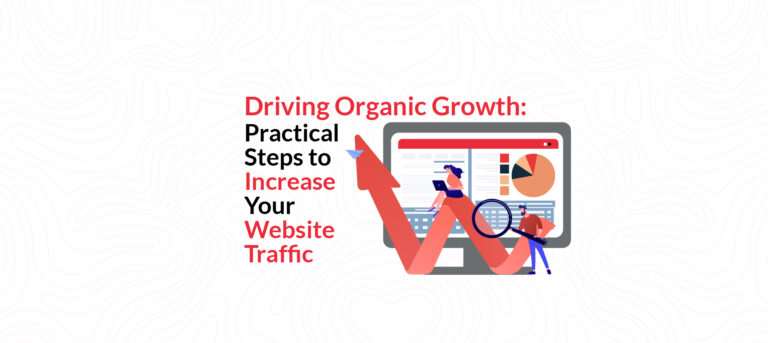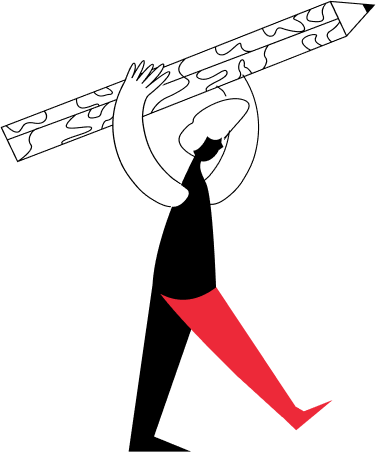What Is Robots Meta Tags | X ROBOT TAGS
In the continuously vibrant field of search engine optimization (SEO), website owners make persistent efforts to increase their virtual presence and grab top positions in search engine ranking. Such pursuits have embraced diverse approaches; nevertheless, Robots Meta tags are still a crucial element that is often overlooked.
Embedded within the intricate structure of webpage code, they are invisible controllers that determine how a site’s contents will be navigated and indexed by search engines.
When used properly, robots meta tags give webmasters an efficient tool to manage how search engines interpret their sites carefully. However, it’s important to note that there are instances where webmasters may prefer to instruct search engines not to search in Google their content. This introductory discourse endeavors to explore the fundamental essence of these tags, shedding light on their indispensable contribution to contemporary SEO methodologies.
What is the Robots Meta Tag?
For any comprehensive SEO plan, robots meta tags are essential components. As such, they operate as subtle instructions located in <head> part of a webpage for guiding crawlers on what to do with content being crawled or indexed.
Using the robots meta tag
<!DOCTYPE html>
<html>
<head>
<meta name="robots" content="noindex">
(…)
</head>
<body>(…)</body>
</html>
Noindex Directive
Purpose: The noindex tag tells search engines not to index certain web pages so that it does not appear in the search results.
Use Cases:
- Private Pages: Internal pages, such as login portals or user accounts, intended only for restricted access.
- Duplicate Content: Instances where identical content exists across multiple pages within your website or on external sources.
- Temporary Pages: Pages meant for short-term goals like promotions campaigns or events announcements.
Nofollow Directive:
Purpose: The noindex nofollow meta tag directives instruct search engines not to follow links on a site; hence, no authority will be passed from one webpage to another through these links.
Use Cases:
- External Links: Links pointing to other websites outside the domain of the website.
- Paid Links: These are links that have been obtained by paying for them as advertising placements or sponsored articles posted elsewhere on the internet.
- Low-Quality Links: Links having their origin from irrelevant or suspicious websites.
Max-Snippet Directive:
Purpose: The max-snippet directive allows webmasters to suggest a preferred snippet length for Search Engine Result Pages (SERPs).
Functionality: Nonetheless, this suggestion does not guarantee that the displayed snippet will be 320 characters.
Limited Control: However, it is important to note that search engines may decide to ignore the recommended snippet length and display snippets that are more relevant to users’ inquiries.
The robots attribute, supported by several major search engines, controls whether search engine spiders are allowed to index a page, or not, and whether they should follow links from a page, or not.
Robot Meta tag
Why is the Robots Meta Tag Important for SEO?
Focused Crawling: By using robots meta tags, website owners can steer search engine crawlers away from trivial pages such as login portals or “thank you” messages to facilitate focusing on valuable content. This deliberate omission enhances a site’s architecture while saving search engine resources that could be used in indexing other important subjects. However, in instances where website owners wish google to stop crawling altogether, implementing specific directives becomes essential.
Improved User Experience: To enhance the user experience, robots meta tags ensure that only relevant and valuable content appears in search results. Consequently, information seekers do not have to scroll through useless pages to get what they want, making their browsing more enjoyable.
Potential Traffic Boost: According to Ahrefs research, websites with properly implemented meta tags can witness significant increases in organic traffic. This indicates the importance of robots Meta Tags in targeting website visitors.
Website owners can optimize their presence on the internet and increase their visibility on SERPs, using noindex together with on-page SEO techniques to bring more traffic to their sites and grow their businesses.
Where to Set Up the Robot Meta Tag?

HTML Meta Tags:
- Placement: These are embedded right into the HTML code of a specific webpage within its <head> section.
- Functionality: Enable you to exercise precise control over how search engines handle or treat that page.
HTTP Headers:
- Application: Set in a server-side configuration that affects all pages on the domain or a directory.
- Technical Expertise Required: It involves knowledge about server configuration files like .htaccess (Apache) or web server control panels.
Robots.txt File:
- Function: The file is mainly employed to regulate crawling behavior although it also serves basic indexing purposes.
- Location: The robots.txt file is placed in your site’s root directory and named “robots.txt.”
Choosing the Right Method:
- Individual Page Control: Employ HTML meta tags for more accurate control regarding each webpage.
- Site-wide Directives: Use HTTP headers for wider control on all sites or some folders.
- Basic Crawling Instructions: For example, with robots.txt file, keep away search engines from certain pages.
Understanding Noindex Tag, Nofollow Tag, and Max Snippet Tags.
Noindex Tag:
- Purpose: It is a command to search engines not to index any particular webpage in order to have it considered as missing in the result pages.
- Use Cases: For private pages, duplicate content, and temporary pages.
Nofollow Tag:
- Purpose: This tag warns search engines against following links on a page, and therefore, no authority of link will be passed to linked pages.
- Use Cases: For external links, paid links, and low-quality ones.
Max Snippet Tag:
- Purpose: These suggest preferred snippet lengths for searching engine result pages.
- Functionality: It recommends snippet length; however, this may go unheeded by search engines.
- Use Cases: Influencing snippet appearance in search results.
What is a X-Robots-Tag?
X-Robots-Tag refers to HTTP headers that tell web crawlers and search engines how a given webpage should be handled. It differs from conventional Robots Meta tags at the server-level implementation by using an HTTP header instead of regular Robots Meta tags.
Regarding on-page SEO techniques, the X-Robots-Tag has different features from others. On their list for on-page SEO checklist, website administrators would include “noindex,” “nofollow,” and “max-snippet” directives under the category of x-robots-tag, which they can use to optimize the crawling and indexing of various search engines.
Using the X-Robots-Tag HTTP header
How to implement X-Robots-Tag?
Robots meta tags can be implemented through various methods, each offering a different level of control and application:
HTML Meta Tags:
- Placement: Within the <head> tag section of a particular webpage’s HTML code.
- Functionality: Offering exacting power over how such inquiry engines handle this unique page.
HTTP Headers:
- Application: This is implemented by server-side configuration, which affects all pages on the domain or in a specific directory.
- Technical Expertise Required: Knowledge of server configuration files like .htaccess (Apache) or web server control panels is required.
Robots.txt File:
- Function: Primarily used to manage crawling behavior but also serves as basic indexing instruction.
- Location: A text file named “robots.txt” is uploaded to the website’s root directory.
Meta Robots Tag Vs. X-Robots-Tag
Meta Robots Tag:
- Implementation: Embedded within the <head> tag section in html pages.
- Scope: Applies directives at the individual page level.
- Functionality: Controls search engine crawling and indexing behavior for specific web pages.
- Usage: It is mainly used for on-page SEO optimization, where it gives instructions to search engine crawlers about indexation and link following.
X-Robots-Tag:
- Implementation: It is set as an HTTP header in server responses.
- Scope: It offers broader control, thus applying directives at the server level to all pages or specific directories.
- Functionality: Provides advanced directives for search engine crawling, indexing, and other behaviors.
- Usage: Offers advanced directives for controlling search engine crawling and indexing thereby providing a versatile way of managing website visibility and accessibility.
Consequences of Neglecting Robots Meta Tags in SEO: Risks, Pitfalls, and Solutions
Risks and Pitfalls:
Indexing Irrelevant Pages: Search engines may index irrelevant or low-quality pages, diluting the overall quality of the website and leading to a lowering of search engine rankings due to a lack of proper instructions to these engines.
Duplicate Content Issues: Lack of specifying directives can lead to duplicate content being indexed hence attracting penalties from different search engines’ content duplication policies.
Crawling Inefficiency: This slows down the indexing process as well as affects website performance since search engine bots will be wasting their resources on unnecessary pages that are not lead-generating.
Solutions:
- Implement Robots Meta Tags: Employ robots meta tags on specific pages to guide search engines on how to handle them, thereby ensuring that valuable content is indexed while irrelevant or duplicate pages are excluded.
- Regular Monitoring: Keep checking your site’s index status and search engine performance for any issues related to robots meta tags and make sure they are promptly addressed.
Collaborate with Digital Marketing Experts: SEO experts from an online digital marketing company like Opositive may be able to help you implement the best strategies, including using robots meta tags. They will provide insights, recommendations, and technical assistance for better website visibility and performance in Google.
Conclusion
For a successful SEO strategy, it is important to optimize Robots Meta Tags. Search engine crawlers follow these tags and determine how your website content should be indexed by and displayed on search results. One good way to boost this would be working with digital marketing experts such as Opositive, who are knowledgeable about SEO strategies such as the proper utilization of robots meta tags. To improve your website’s search ranking consider reviewing its Robots Meta Tags according to best practices. Opositive can provide tailored assistance and guidance in optimizing your website’s SEO strategy for maximum impact and success.
